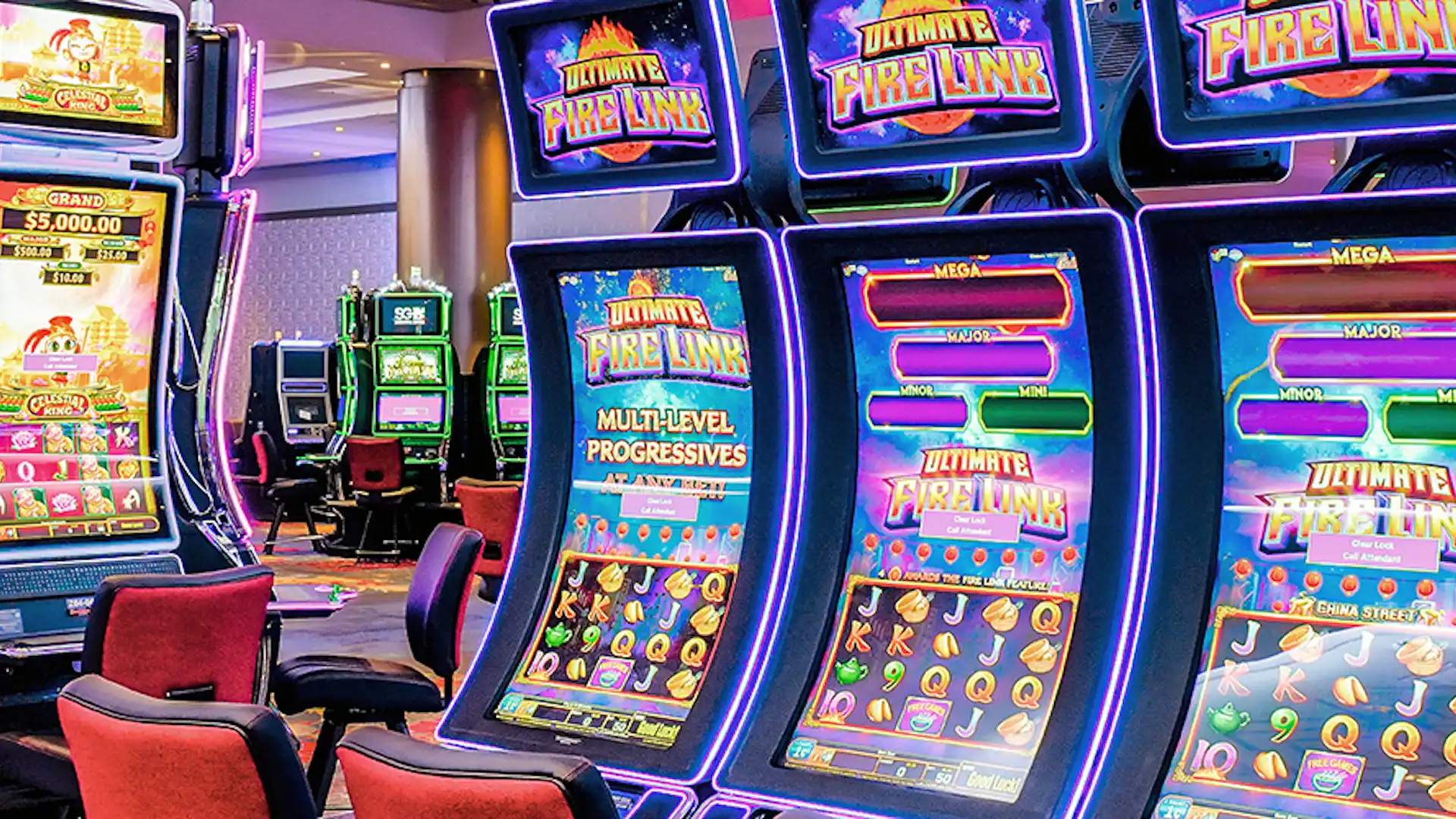How Gaming Establishments Use Hue and Style to Entice Participants
Within a lively and stimulating world of gaming establishments, wherein luck and tactics intertwine, color and design play a critical role in attracting gamblers. hướng dẫn mmlive From the moment players step inside a casino or log into a gaming website, they are immersed in a sightly feast that grabs their attention and entices them to discover further. Vivid colors, captivating graphics, and creative layouts are carefully crafted to create an atmosphere of excitement and anticipation, ultimately improving the gaming experience.
As players move through the dynamic landscape of casino games, they come across a range of designs that not only serve visual purposes but also affect emotions and decision-making. Hues like red and yellow symbolize wealth and fortune, while soothing navy and emeralds can create a more tranquil environment. Grasping how these elements work together enables casinos to create an inviting and stimulating atmosphere that encourages players to interact with the games, invest more time at the tables, and boost their general enjoyment.
The Science of Tint in Gaming Establishments
Tint plays a critical role in the design of gaming experiences, affecting players' emotional states and behaviors. Bright and bold shades, such as scarlet and amber, are often used to stimulate thrill and attract focus. These colors create a feeling immediacy and dynamism, encouraging players to engage more enthusiastically with the activity. By strategically selecting colors, creators aim to elicit emotions of joy and anticipation, which can enhance the total player experience.

Distinct hues also have psychological connotations that can affect how participants perceive their odds of success. For case, green is often associated with fortune and prosperity, making it a frequent choice in games like roulette and poker games. This link can cause players to feel more positive and confident in their gaming, ultimately encouraging them to stake more. Understanding these connections allows game creators to design environments that enhance player satisfaction and engagement.
Furthermore, the interface of gaming interfaces often employs color gradients and contrasting colors to instruct players' responses. For example, winning results may be accentuated with bright, opposing shades, creating a visual cue. This approach strengthens positive outcomes and encourages repeated engagement. By utilizing the science of color, casinos can create games that not only draw gamblers but also maintain them engaged and committed in their gaming experience.
Design Features that Engage Players
The visual appeal of gambling games is largely influenced by the implementation of bold colors. Lively and striking colors are strategically chosen to create an inviting atmosphere that captures attention. For instance, reds and golds often signify good fortune and wealth, which is why they are common in the color schemes of gaming machines and game surfaces. These colors not only attract players in, but they also stir emotions associated with excitement and anticipation, enhancing the total gaming experience.
In addition to color, the aesthetic and organization of gambling games play a significant role in captivating players. Games are designed to be user-friendly, ensuring that players can easily understand the guidelines and mechanics. User-friendly interfaces, along with engaging graphics and motion, help maintain gamer interest and encourage extended play sessions. The physical elements, such as the texture of the buttons and the audio of the games, also contribute to a holistic sensory experience that keeps players engaged.
Finally, thematic elements in gaming design can significantly influence player choice. Many gambling games are inspired by media, fairy tales, or adventure themes, featuring symbols and characters that resonate with players. These themes create a sense of immersion and connection, making each game feel distinct. When players feel a bond to the theme, they are more likely to opt for that game over others, leading to increased participation and excitement within the casino environment.
Case Studies: Notable Gambling Slot Designs
One key example of impressive casino game design is the well-known slot machine series based around popular movies. mmlive Games such as those based on the The Wizard of Oz and Game of Thrones utilize dynamic colors and top-notch graphics to immerse players in recognizable narratives. The application of moving visuals and engaging sound effects grabs the attention of players, building an affective connection to the theme. This strategy not only encourages longer play but also boosts the overall gaming experience, yielding increased player retention.
Another successful case is the application of the psychology of color in table games like 21 and roulette. Casinos often create these games with rich reds and greens, colors traditionally connected with luck and wealth. For instance, the emerald felt on a 21 table provides a soothing effect, while the red accents in the wheel invite excitement. This intentional use of color helps to establish an inviting atmosphere that encourages players to join in, fulfilling their psychological impulses and increasing their enjoyment.
Finally, online casino games that include social features and bright, dynamic designs have achieved remarkable success in engaging players. Games like Zynga's Poker and Slot-O-Mania leverage striking colors and playful animations to create an inviting online environment. The inclusion of leaderboards, community sharing options, and in-app rewards promotes competition and community, attracting players in for longer sessions. Such designs merely make the games visually attractive but also emphasize social interaction, a vital factor in player retention and engagement within online casino environments.
